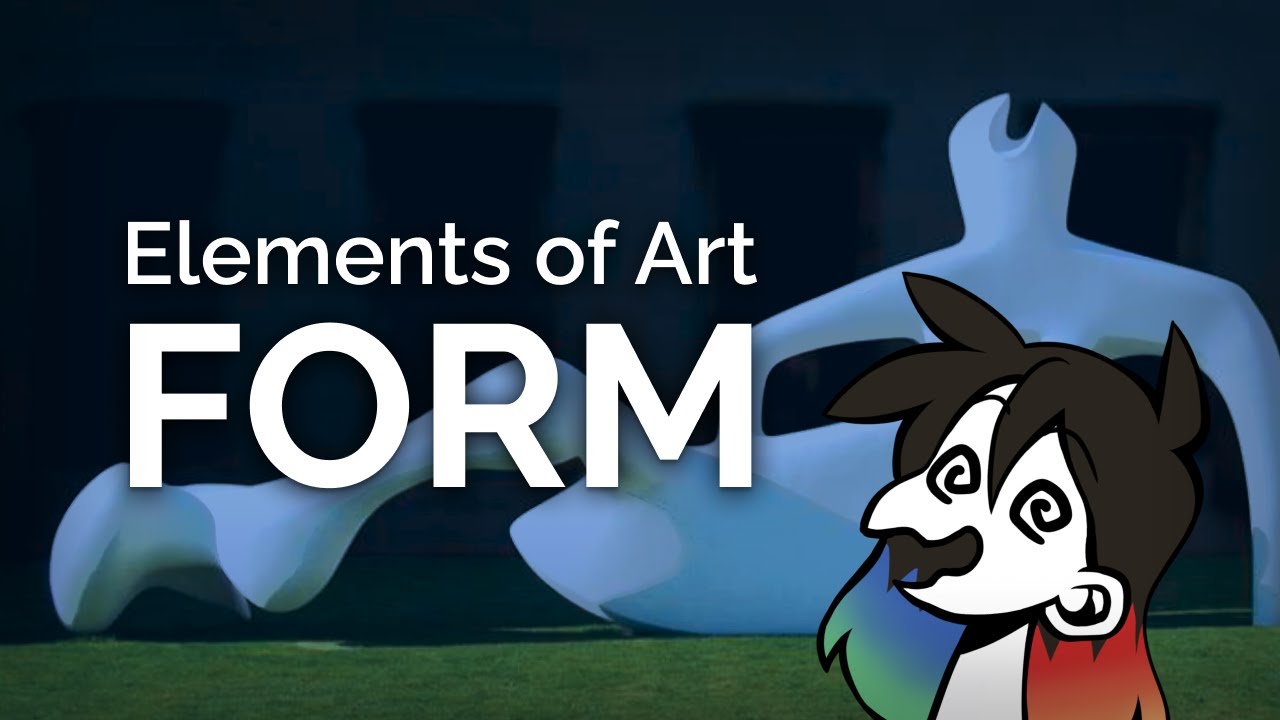Freehand sketching isometric shapes
Summary
TLDRIn this tutorial, students are guided through the process of drawing 3D shapes within isometric cubes. The session begins with the creation of a basic isometric cube, followed by the addition of an L-shape inside it. The video provides step-by-step instructions on how to turn the 2D L-shape into a 3D object using isometric principles, emphasizing the importance of drawing parallel lines and adhering to specific angles. Finally, students are encouraged to either repeat the L-shape or attempt a more complex T-shape, with the teacher offering support via email for any challenges encountered.
Takeaways
- 😀 The focus of the lesson is on drawing 3D shapes inside isometric cubes.
- 😀 The cubes used in the lesson are isometric cubes, similar to the ones used in the previous lesson.
- 😀 The first task involves drawing a basic isometric cube using three specific types of lines: vertical, angled to the right, and angled to the left.
- 😀 After drawing the cube, an L-shape is drawn inside the cube to demonstrate how to place a 2D shape within a 3D object.
- 😀 To create the L-shape inside the cube, students are instructed to use the three types of lines: vertical, and lines at angles to the left and right.
- 😀 The L-shape is constructed carefully, ensuring that vertical and horizontal lines follow the cube's structure.
- 😀 The 3D L-shape is then created by drawing lines from each point of the L-shape, extending them back in parallel to the cube's structure.
- 😀 Students are reminded not to draw lines that go inside the shape and should ensure they stick to the isometric rules for constructing the shape.
- 😀 The final steps of the lesson involve drawing the back lines of the 3D shape, ensuring they match the front lines in both direction and angle.
- 😀 After completing the 3D L-shape, students are given the option to either redraw the L-shape for practice or to move on to drawing a T-shape inside an isometric cube.
Q & A
What is the primary focus of today's lesson?
-The lesson focuses on drawing 3D shapes inside isometric cubes using isometric projection techniques.
What is the first step in drawing the isometric cube?
-The first step is to draw a vertical line, followed by two angled lines—one to the right and one to the left.
Why are only vertical and angled lines used to draw the cube?
-Only vertical and angled lines are used because the drawing is based on isometric projection, which preserves the angle and perspective of the 3D shapes.
What shape is drawn inside the isometric cube during the lesson?
-An 'L' shape is drawn inside the isometric cube, which is chosen because it is a simple shape to work with.
How do you ensure the 'L' shape fits inside the isometric cube?
-The 'L' shape is placed inside a square, and the lines are drawn using the same vertical and angled lines as the cube to maintain the isometric perspective.
What challenge arises when trying to make the 'L' shape 3D?
-The challenge lies in ensuring that all lines extending from the 'L' shape follow the correct parallel angles, while avoiding intersections inside the shape to maintain a realistic 3D form.
What rule must be followed when drawing the 3D version of the 'L' shape?
-When drawing the 3D version, each point of the 'L' shape must have lines drawn back at the same angle as the original lines, ensuring they are parallel to each other.
What happens if a line goes inside the 'L' shape when making it 3D?
-If a line goes inside the 'L' shape, it is not drawn, as it would distort the 3D perspective and interfere with the shape's integrity.
What should students do after completing the 3D 'L' shape?
-After completing the 3D 'L' shape, students can choose to either practice it again or proceed to draw a 3D 'T' shape using the same principles.
How can students get additional help if they have questions?
-Students can email Mr. Walker at the provided email address for further assistance and support if they encounter difficulties.
Outlines

Cette section est réservée aux utilisateurs payants. Améliorez votre compte pour accéder à cette section.
Améliorer maintenantMindmap

Cette section est réservée aux utilisateurs payants. Améliorez votre compte pour accéder à cette section.
Améliorer maintenantKeywords

Cette section est réservée aux utilisateurs payants. Améliorez votre compte pour accéder à cette section.
Améliorer maintenantHighlights

Cette section est réservée aux utilisateurs payants. Améliorez votre compte pour accéder à cette section.
Améliorer maintenantTranscripts

Cette section est réservée aux utilisateurs payants. Améliorez votre compte pour accéder à cette section.
Améliorer maintenantVoir Plus de Vidéos Connexes

FORM: Elements of Art Explained in 7 minutes (funny!)

Materi Kuliah Gambar Teknik Bab - IV

Basics of Polyhedrons

Tutorial Menggambar Perspektif 1 titik - Belajar Gambar dari 0 Ep.4

Isometric Projection in Engineering Drawing | isometric projection 3D from orthographic view

HOW TO DRAW ANYTHING (No clickbait) | Drawlikeasir
5.0 / 5 (0 votes)
